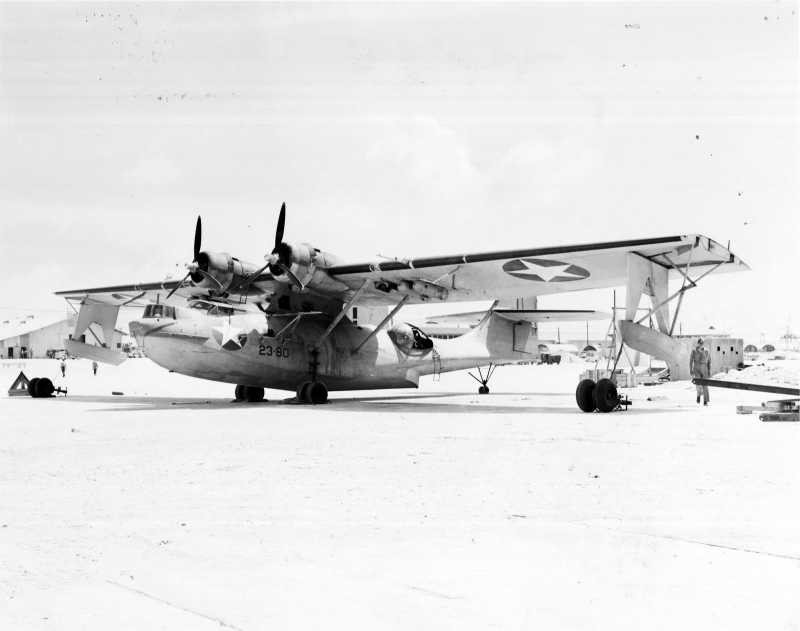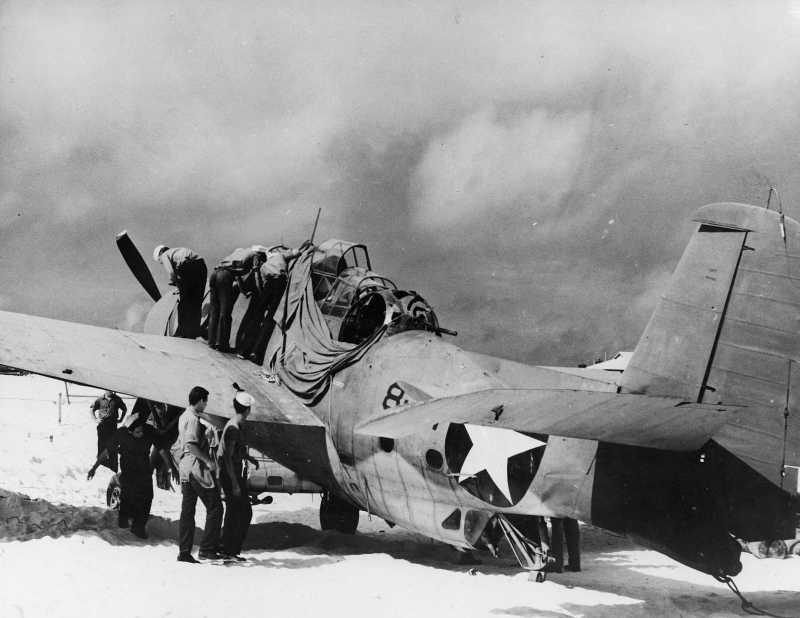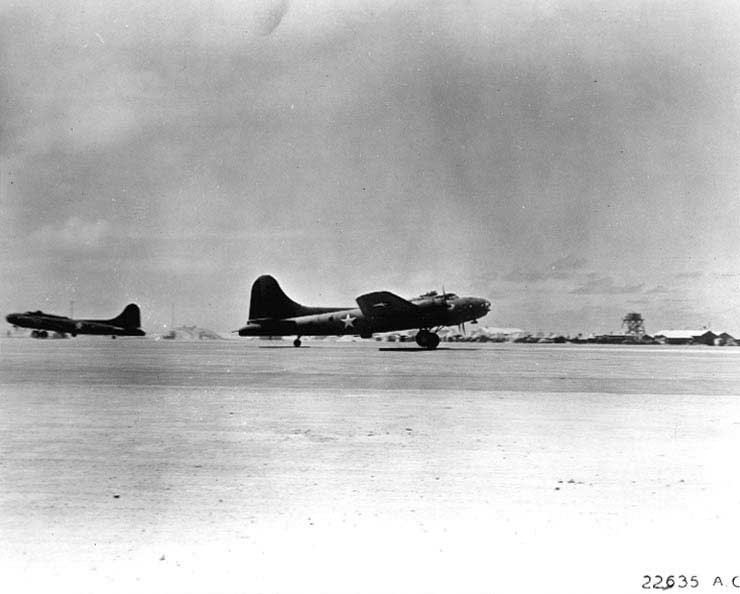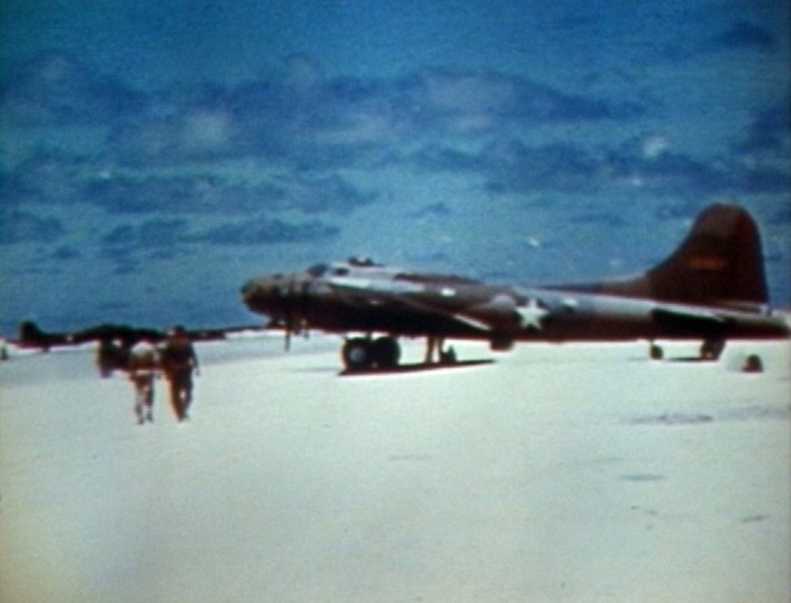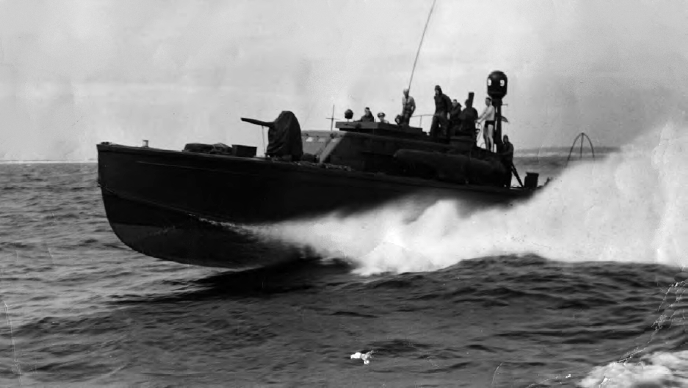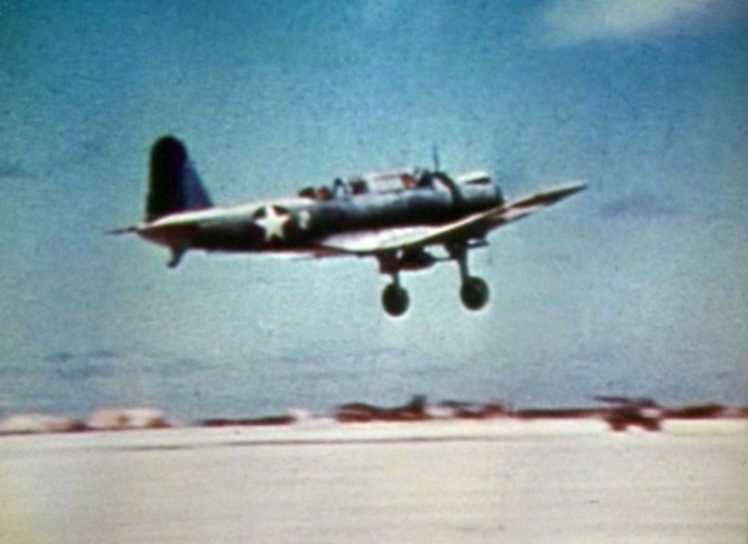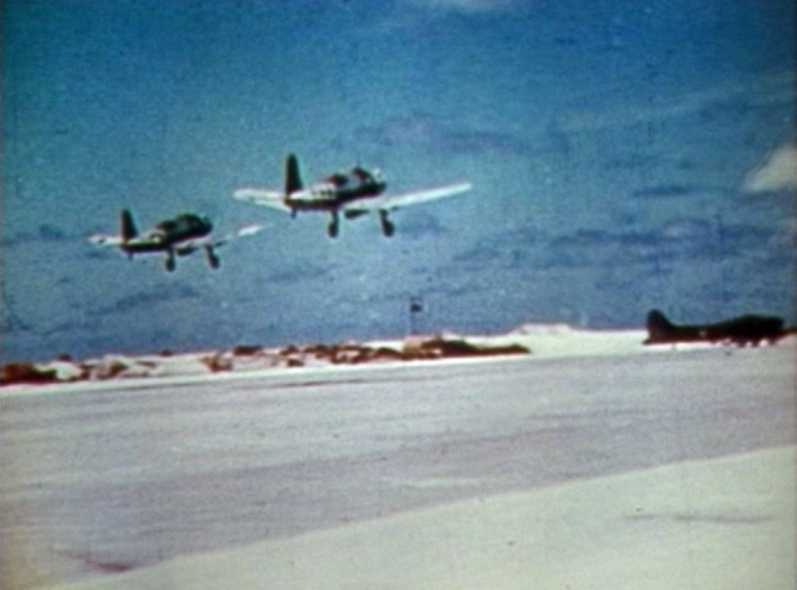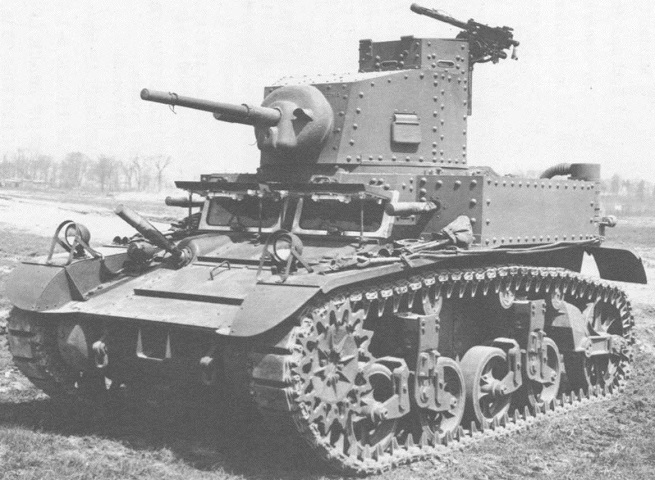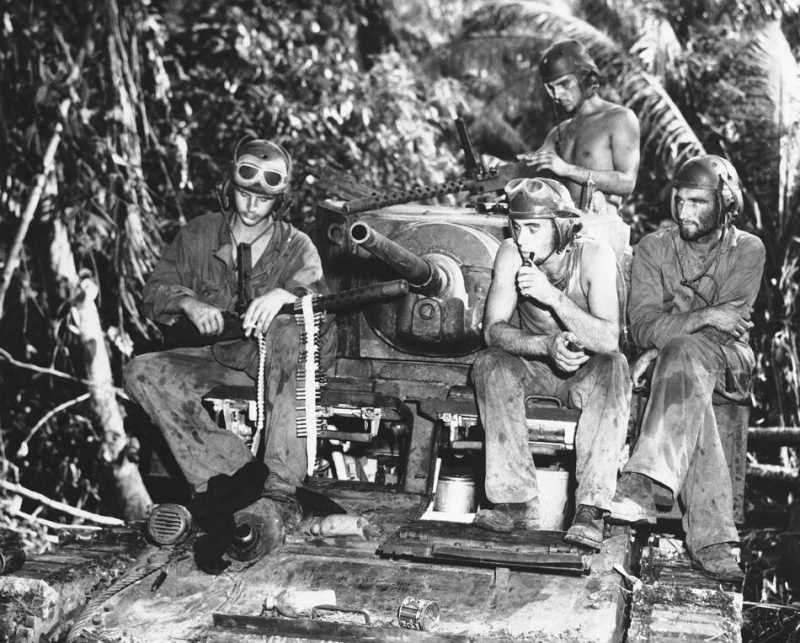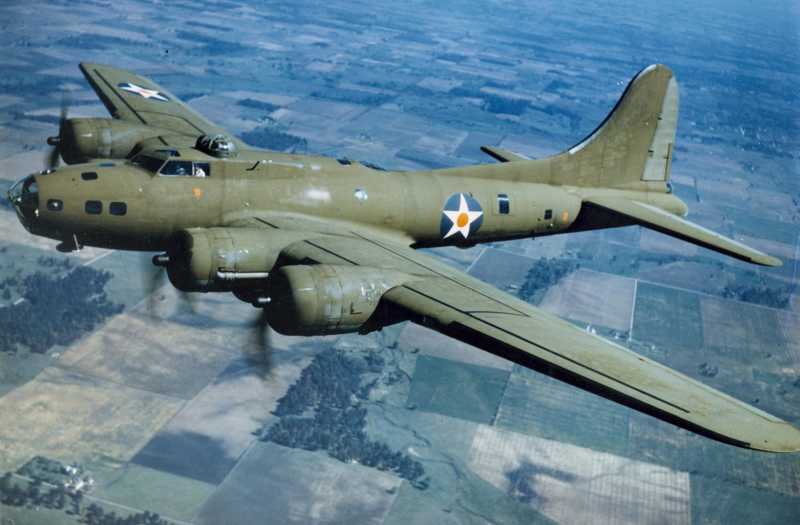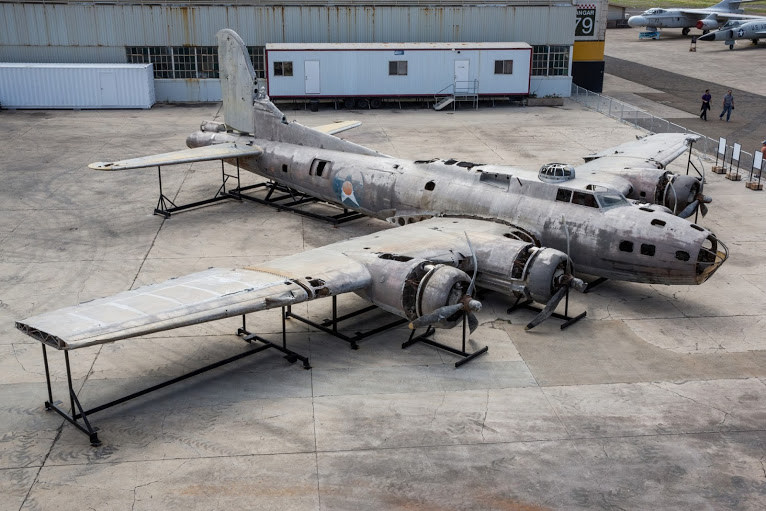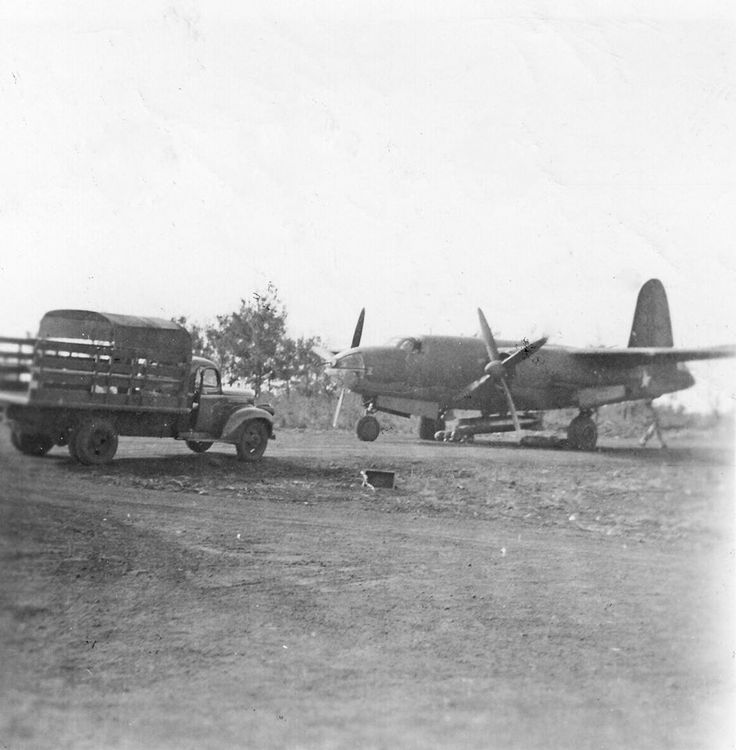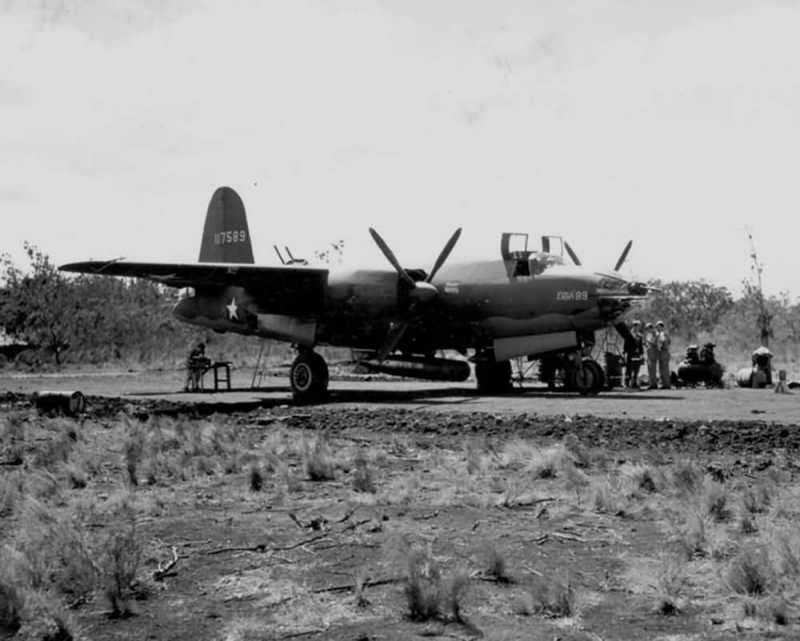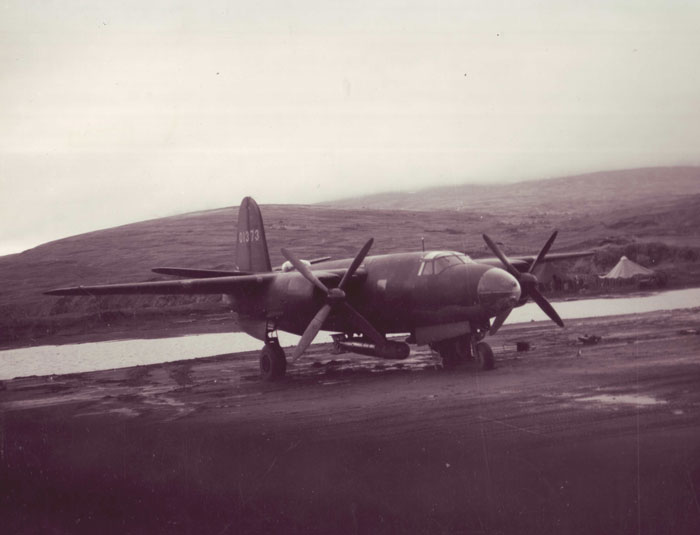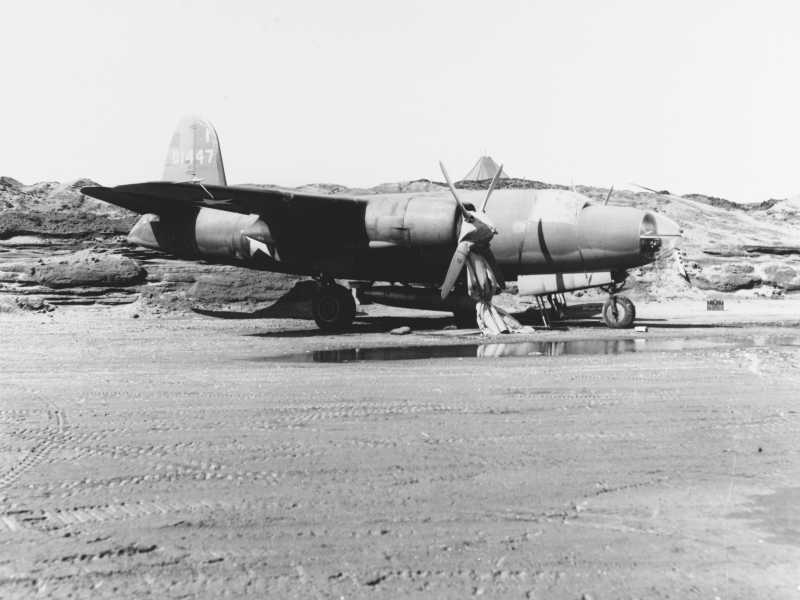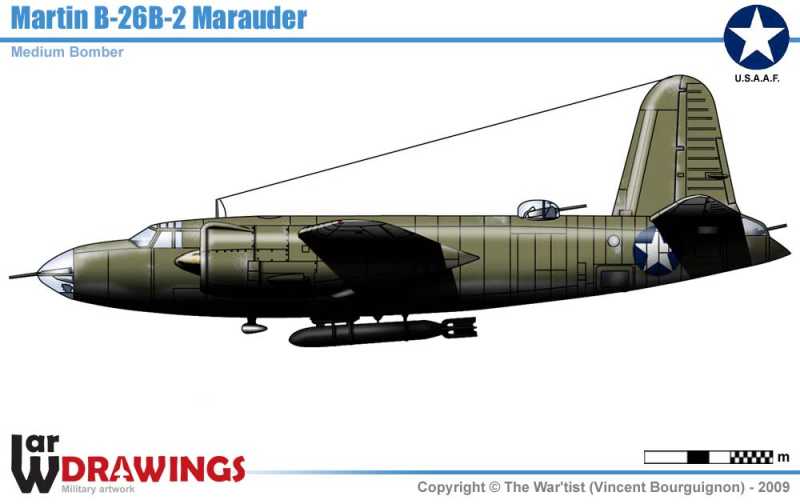Here is a little more info.....
Midway Naval Air Station was placed in commission in August 1941. By that time, Midway’s facilities included a large seaplane hangar and ramps, artificial harbor, fuel storage tanks and several buildings. Sand Island was populated by hundreds of civilian construction workers and a defense battalion of the Fleet Marine Force, while Eastern Island boasted a 5,300-foot airstrip. Commander Cyril T. Simard, a veteran naval pilot who had served as air officer on the carrier USS Langley and as executive officer at the San Diego Air Station, was designated the atoll’s commanding officer.
Along with the naval personnel manning the air station was a detachment of Marines. The first detachment was from the Marine 3rd Defense Battalion; it was relieved on September 11, 1941, by 34 officers and 750 men from the 6th Defense Battalion under the command of Lt. Col. Harold D. Shannon, a veteran of World War I and duty in Nicaragua, Panama and Hawaii. Shannon and Simard meshed into an effective team right away.
World War II began for Midway at 6:30 a.m. December 7, 1941, when the garrison received word of the Japanese attack on Pearl Harbor. At 6:42 p.m., a Marine sentry sighted a flashing light out at sea and alerted the garrison. Three hours later, the Japanese destroyers Sazanami and Ushio opened fire, damaging a seaplane hangar, knocking out the Pan American direction finder and destroying a Consolidated PBY Catalina flying boat. The Japanese retired at 10 p.m., leaving four Midway defenders dead and 10 wounded.
On December 23, 1941, Midway’s air defenses were reinforced by 17 SB2U-3 Vought Vindicator dive bombers, 14 Brewster F2A-3 Buffalo fighters, and pilots and aircrews originally intended for the relief of Wake Island. The Buffaloes and Vindicators were cast-off aircraft, having been replaced by the Douglas SBD-2 Dauntless dive bombers and Grumman F4F-3 Wildcat fighters on U.S. aircraft carriers. The Buffaloes became part of Marine Fighter Squadron 221 (VMF-221), while the Vindicators were put into Marine Scout Bombing Squadron 241 (VMSB-241), both making up Marine Air Group 22 (MAG-22) under Lt. Col. Ira B. Kimes.
Midway settled into a routine of training and anti-submarine flights, with little else to do except play endless games of cards and cribbage, and watch Midway’s famous albatrosses, nicknamed gooney birds, in action. Then, in May 1942, Admiral Isoruku Yamamoto, commander in chief of the Japanese Combined Fleet, came up with a plan, called Operation Mi, to draw out the U.S. Pacific Fleet by attacking Midway. Using Midway as bait and gathering a vast naval armada of eight aircraft carriers, 11 battleships, 23 cruisers, 65 destroyers and several hundred fighters, bombers and torpedo planes, Yamamoto planned to crush the Pacific Fleet once and for all.
Alerted by his code-breakers that the Japanese planned to seize Midway, Admiral Chester W. Nimitz, commander in chief, PacificCommand, flew to the atoll on May 2, 1942, to make a personal inspection. Following his inspection, Nimitz took Simard and Shannonaside and asked them what they needed to defend Midway. They toldhim their requirements.
“If I get you all these things, can you hold Midway against a major amphibious assault?” Nimitz asked the two officers.”Yes, sir!” Shannon replied.
It was good enough for Nimitz, who returned to Oahu. On May 20,Shannon and Simard received a letter from Admiral Nimitz, praising their fine work and promoting them to captain and full colonel,respectively. Then Nimitz informed them that the Japanese were planning to attack Midway on May 28; he outlined the Japanese strategy and promised all possible aid.
On May 22, a sailor accidentally set off a demolition charge under Midway’s gasoline supply. The explosion destroyed 400,000gallons of aviation fuel, and also damaged the distribution system,forcing the defenders to refuel planes by hand from 55-gallondrums.
All the while the Marines continued digging gun emplacements,laying sandbags and preparing shelters on both islands.
Barbed wire sprouted along Midway’s coral beaches. Shannon believed that it would stop the Japanese as it had stopped the Germans in World War I. He ordered so much strung that one Marine exclaimed: “Barbed wire, barbed wire! Cripes, the old man thinks we can stop planes with barbed wire!” The defenders also had a large supply of blasting gelatin, which was used to make anti-boat mines and booby traps.
On May 25, while the work continued, Shannon and Simard got some good news. The Japanese attack would come between June 3 and 5,giving them another week to prepare. That same day, the lightcruiser St. Louis arrived, to deliver an eight-gun, 37mm anti-aircraft battery from the Marine 3rd Defense Battalion and two rifle companies from the 2nd Raider Battalion.
On May 26, the ferry USS Kittyhawk arrived with 12 3-inch guns,5 M-3 Stuart light tanks, 16 Douglas SBD-3 Dauntless dive bombers,and 7 Grumman F4F Wildcat fighters, along with 22 pilots–most of them fresh out of flight school, May 29 saw the arrival off our Martin B-26 Marauder medium bombers from the 22nd Bomb Group,specially rigged to carry torpedoes and led by Captain James Collins.That same day, 12 Navy PBY-5A Catalinas joined the 12 PBY-5s stationed on Midway.
Beginning on May 30, Midway’s planes began searching for the Japanese. Twenty-two PBYs from Lt. Cmdr. Robert Brixner’s Patrol Squadron 44 (VP-44) and Commander Massie Hughes’VP-23 took off from Midway lagoon, then headed out in an arc stretching700 miles from Midway in search of the Japanese.
Midway got further air reinforcement on June 1 when six new Grumman TBF torpedo bombers, commanded by Lieutenant Langdon K. Fieberling,arrived. None of the TBF pilots had ever been in combat, and only a few had ever flown out of sight of land before. The TBF would later be named Avenger in honor of its combat introduction at Midway.
By June 1, both Sand and Eastern islands were ringed with coastal defenses. Six 5-inch guns, 22 3-inch guns and four old Navy 7-inchguns were placed along the coasts of both islands for use as anti-aircraft and anti-boat guns. As many as 1,500 mines and booby traps were laid underwater and along the beaches. Ammunition dumps were placed all around the islands, along with caches of food for pockets of resistance and an emergency supply of 250 55-gallon gasoline drums.
Midway had practically everything it needed for its defense. Along with the 121 aircraft crowding Eastern Island’s runways,Midway had 11 PT-boats in the lagoon to assist the ground forces with anti-aircraft fire. A yacht and four converted tuna boats stood by for rescue operations, and 19 submarines guarded Midway’s approaches.
I'll keep looking


